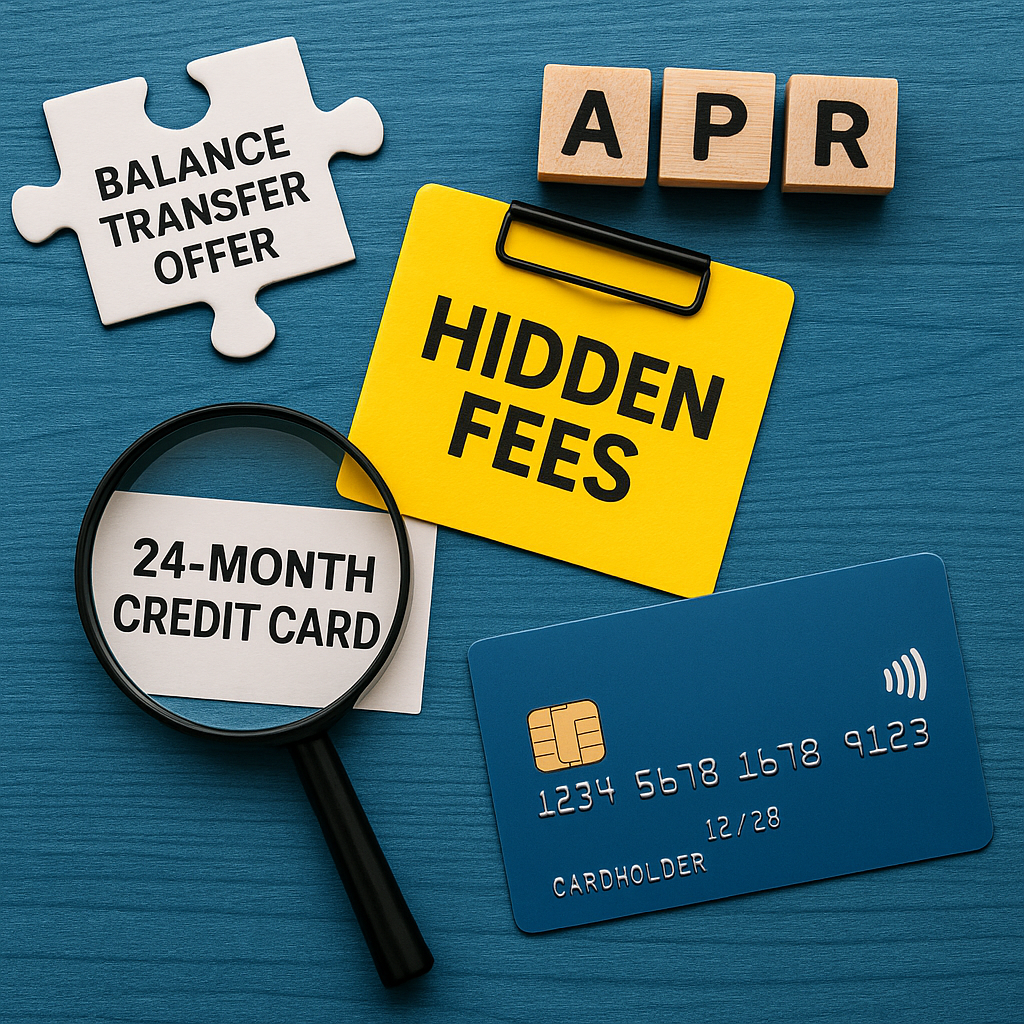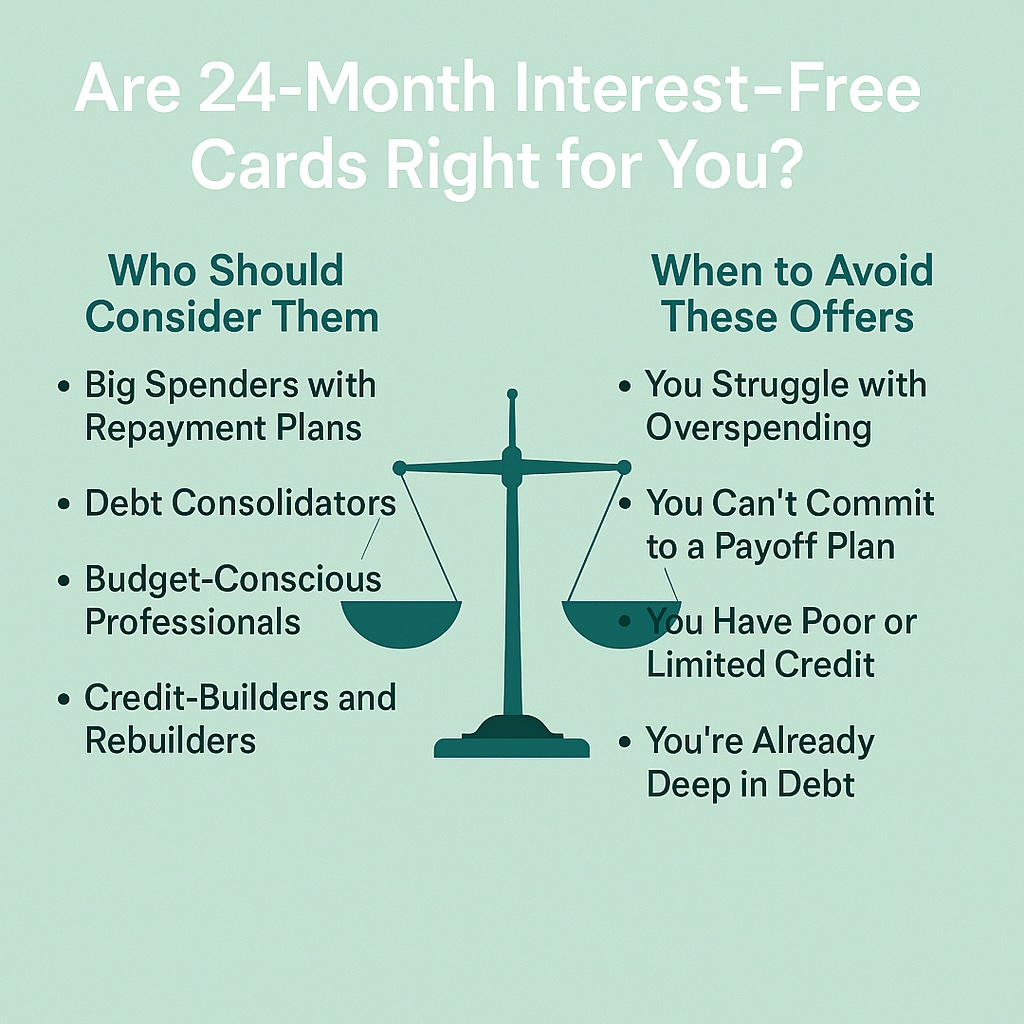What They Are and How They WorkBenefits and Risks of Long Interest-Free Periods
Introduction:
Looking for a clever way to save serious cash while using credit? You’re not alone. Whether you’re tackling a big purchase or consolidating debt, 24 months interest-free credit cards have emerged as a game-changing tool for savvy consumers. These financial gems let you borrow now and pay later—without the nasty surprise of high interest.
But not all cards are created equal. Some come packed with perks, others hide fees in the fine print. That’s why we’ve done the heavy lifting for you. In this guide, we’ll walk you through everything you need to know—from how these cards work, what to watch for, and most importantly, which ones are absolutely worth your attention in 2025.
Ready to stretch your dollars further and take control of your finances? Let’s dive into the best 24-month interest-free credit cards that can truly save you a fortune.
WE ARE STILL MAKING CVs FOR P120. COVER LETTERS FOR P60
Pay with FNB EWallet to 76981238 or Orange Money on number 76981238
Whatsapp us on +26776981238
JOIN US ON OUR WHATSAPP CHANNEL HERE
Understanding 24 Months Interest-Free Credit Cards
What They Are and How They Work
Imagine making a large purchase today and not paying a cent in interest for the next two years. That’s the power of 24 months interest-free credit cards. These cards offer an extended promotional period—typically for purchases, balance transfers, or both—where no interest accrues. It’s essentially a 24-month financial breather, giving you room to manage your money without the pressure of compounding interest.
There are two main types of interest-free offers:
- Purchase APR Offers: You can use the card to buy items, and as long as you make the minimum payments, you won’t pay interest for 24 months.
- Balance Transfer Offers: You move debt from another high-interest credit card onto this one, and enjoy zero interest while you pay it off over the promo period.
To get one of these cards, you typically need good to excellent credit. Lenders view you as a lower risk and reward you with more generous terms.
Benefits and Risks of Long Interest-Free Periods
Let’s be honest—24 months is a long time in credit card terms. And that’s a big win for anyone managing large expenses or crushing credit card debt. Here’s why these cards are attractive:
- Interest Savings: Easily save hundreds or even thousands by not paying interest.
- Debt Consolidation: Roll multiple debts into one manageable payment without extra costs.
- Flexible Repayment: Spread out payments over time without worrying about interest stacking up.
But it’s not all sunshine. There are risks too:
- End-of-Term Shock: Once the 24-month period ends, the interest rate can shoot up—sometimes over 20% APR.
- Minimum Payments Trap: If you only pay the minimum, you might not clear your balance in time, leading to sudden interest charges.
- Balance Transfer Fees: Many cards charge a 3–5% fee on transferred balances—something easily overlooked.
Smart cardholders go in with a strategy. That means calculating how much to pay monthly to clear the balance in 24 months and setting automatic reminders. Discipline is key—miss a payment and the zero-interest deal could be voided immediately.
These cards aren’t for reckless spenders they’re for strategic users who see credit as a tool, not a trap.

Top Features to Look for in 24-Month Credit Cards
Hidden Fees and APR After the Intro Period
Just because a card promises zero interest for 24 months doesn’t mean it’s all rainbows and roses. Many cards bury extra fees in the fine print, and it’s crucial to uncover these before applying. Here’s what to look out for:
-
Balance Transfer Fees: Most cards charge a fee for moving debt, typically 3% to 5% of the transferred amount. That means moving $5,000 could cost you up to $250 right off the bat.
-
Annual Fees: While many of the best 24 months interest-free credit cards are no-annual-fee, others might sneak in a charge after the first year. Make sure the long-term benefits outweigh these costs.
-
Late Payment Penalties: Miss a payment—even by a day—and you could lose your promotional rate. Some issuers immediately hike your APR to the penalty rate, which can be 25% or higher.
-
Foreign Transaction Fees: Planning to travel or shop overseas? A 3% foreign fee can add up quickly, so it’s worth looking for cards that waive this charge.
Once the honeymoon phase ends, what happens next? It’s not enough to focus on the 0% intro period; you must also look ahead:
-
Go-To APR: This is the interest rate applied after the promo period ends. If you haven’t paid off your balance, this new APR kicks in, and it’s usually between 15–27%.
-
Grace Periods: Check whether the card offers a grace period for new purchases after the intro term. Some cards start charging interest immediately if you’re still carrying a balance.
Understanding these details separates the strategic cardholder from the regretful one.
Balance Transfer vs Purchase Offers
Not all 24-month offers are created equal. Some focus exclusively on balance transfers, while others prioritize new purchases—or offer both. Here’s how to choose the best one for your needs:
-
If You’re Consolidating Debt: Look for a card with a 24-month balance transfer offer. These typically give you the longest runway to pay off what you owe from another card—interest-free.
-
If You’re Making Big Purchases: Go with a card that offers 24 months interest-free on purchases. This allows you to spread the cost over time without additional charges.
-
If You Need Both: A few premium cards offer 0% interest on both transfers and purchases. These are ideal if you want flexibility and have multiple uses in mind.
It’s also important to check the transfer window—how long you have after opening the account to make a balance transfer. Most issuers allow only the first 60–90 days, so acting fast is key.
Ultimately, the right features depend on your specific goals. Read the fine print, calculate the total cost (including fees), and consider how you’ll repay the balance. Choosing wisely now can save you thousands later.

The Top 7 24 Months Interest-Free Credit Cards of 2025
Comprehensive Card Comparison Table
Let’s dive into the highlight reel. These seven credit cards stand out in 2025 for their generous 24-month zero-interest offers, added perks, and overall user satisfaction. Below is a comparison table outlining their key features:
|
Card Name |
0% APR Type |
Duration |
Balance Transfer Fee |
Annual Fee |
Rewards Program |
|---|---|---|---|---|---|
|
ClearView Platinum |
Purchases & Transfers |
24 Months |
3% |
$0 |
No |
|
Horizon Elite |
Purchases Only |
24 Months |
N/A |
$95 |
2% cashback |
|
BalancePro 360 |
Transfers Only |
24 Months |
5% |
$0 |
No |
|
FlexiSpending Max |
Purchases & Transfers |
24 Months |
3% |
$0 |
1.5% cashback |
|
Nova Finance Ultra |
Purchases Only |
24 Months |
N/A |
$39 |
3x points dining/travel |
|
CoreCard Advantage |
Transfers Only |
24 Months |
3% |
$0 |
No |
|
Zenith Select Visa |
Purchases & Transfers |
24 Months |
4% |
$0 first year ($59 after) |
1.25% cashback |
Note: Features and availability may vary by state or credit score range.
Perks, Eligibility, and Application Insights
While the core appeal of these cards is the long 0% APR period, each card brings something unique to the table:
-
ClearView Platinum: Perfect for users who want no fees, no frills, and full 24-month flexibility on both purchases and transfers. It’s one of the most accessible cards for users with a credit score of 680+.
-
Horizon Elite: A premium option with a higher annual fee but loaded with cashback benefits—ideal for high spenders who will pay off balances monthly.
-
BalancePro 360: Tailored for people focused solely on debt consolidation. Though the 5% transfer fee is steep, the savings over 24 months can still be substantial.
-
FlexiSpending Max: A popular all-rounder. Great for everyday users who want a bit of everything—cashback, no annual fee, and flexibility.
-
Nova Finance Ultra: Targets travel lovers. Offers points instead of cashback, making it a winner if you dine out or fly frequently.
-
CoreCard Advantage: Best for those who need a clean, no-fee transfer option. Comes with alerts and budgeting tools to help stay on top of repayment goals.
-
Zenith Select Visa: Combines generous rewards with dual 0% offers, but note the annual fee after year one.
When applying, creditworthiness plays a big role. Most of these cards require a FICO score of 690 or above. Issuers also look at income, debt-to-income ratio, and credit history length. Pro tip: apply when your score is at its peak and always check for pre-approval to avoid a hard inquiry.

Are 24-Month Interest-Free Cards Right for You?
Who Should Consider Them
Let’s face it—not every financial product fits every consumer. That said, 24 months interest-free credit cards can be incredibly powerful when placed in the right hands. Here’s who should seriously consider getting one:
-
Big Spenders with Repayment Plans: If you’re planning a large purchase like home appliances, wedding expenses, or even dental work, these cards let you pay over time without interest—saving you hundreds.
-
Debt Consolidators: Carrying a balance on multiple cards with high APRs? Transferring them to a 24-month interest-free card can cut your interest costs to zero—if managed responsibly.
-
Budget-Conscious Professionals: You’ve got consistent income, disciplined budgeting skills, and want to stretch your cash further without resorting to loans.
-
Credit-Builders and Rebuilders: Some of these cards help improve your credit utilization ratio and payment history, both of which boost your score—just make sure your credit is in the “good” range to qualify.
If used wisely, these cards become a financial tool—not a trap. They allow you to manage cash flow, tackle debt, or plan for big moments with greater flexibility and zero interest stress.
When to Avoid These Offers
While they offer clear advantages, there are definitely times when 24 months interest-free credit cards may not be a smart move:
-
You Struggle with Overspending: If plastic tempts you into buying beyond your means, a 0% card could turn into a debt snowball once the promo ends.
-
You Can’t Commit to a Payoff Plan: These cards demand discipline. Without a payoff strategy, you might still owe a large balance—and suddenly face sky-high interest.
-
You Have Poor or Limited Credit: Most issuers reserve these deals for applicants with credit scores above 680. If you’re below that, approval is unlikely and applying could ding your score.
-
You’re Already Deep in Debt: Adding another card to the mix could complicate your financial situation. In these cases, speaking to a credit counselor might be a better first step.
Ultimately, the decision comes down to your habits, goals, and financial discipline. If you’re confident in your ability to pay off what you owe within 24 months, these cards are an incredibly smart choice. If not, they can become just another trap disguised as a perk.

